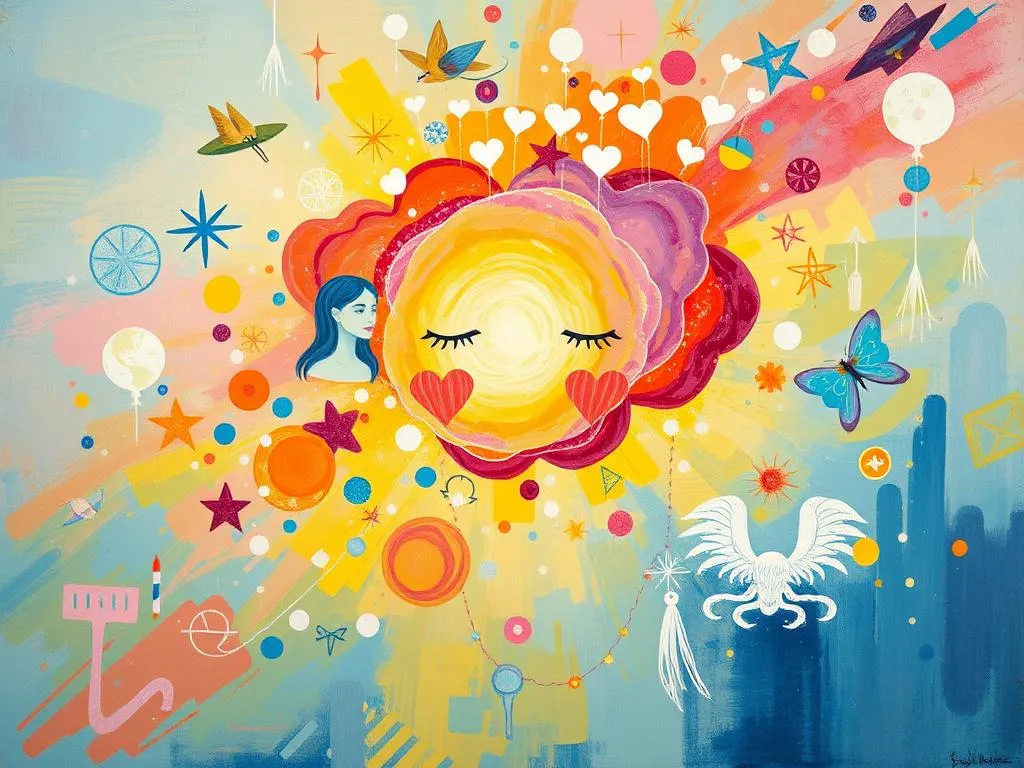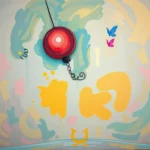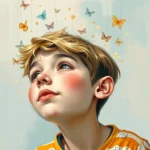
Introduction
Dreams have long captivated the human imagination, serving as a bridge between our conscious and unconscious minds. They often evoke a sense of wonder, mystery, and sometimes fear, prompting us to seek answers to the enigmatic symbols and narratives that unfold while we sleep. The phenomenon of dream interpretation has existed across cultures and eras, revealing insights into our thoughts, emotions, and experiences. This article explores the world of dreams, focusing particularly on the symbolism within them, and why these symbols resonate with us on profound levels. By diving deeper into our dreams, we can unlock hidden meanings that may provide clarity and guidance in our waking lives.
Symbolism and Meaning
When we embark on a symbol hunt within our dreams, we encounter a myriad of images and scenarios, each rich with its own significance. Common symbols can range from animals and objects to colors and landscapes, each carrying unique meanings depending on the context of the dream and the personal experiences of the dreamer.
For instance, water often symbolizes emotions and the subconscious. A calm lake might reflect tranquility and emotional stability, while a turbulent sea could indicate inner turmoil or unresolved issues. Similarly, flying frequently represents freedom and the desire to escape, but it can also signify a fear of losing control or the pressure of high expectations.
Another prevalent symbol is teeth. Dreams involving teeth often evoke anxiety and insecurity, as they can relate to concerns about appearance, aging, or loss. The act of losing teeth in a dream might indicate feelings of powerlessness or vulnerability in waking life.
Additionally, houses in dreams serve as powerful symbols of the self. Each room may represent different aspects of one’s personality or life experiences. A well-maintained house can symbolize a stable sense of self, while a dilapidated or chaotic home may indicate internal conflict or unresolved past issues.
Exploring these symbols from multiple perspectives is essential. For example, while a snake is commonly seen as a symbol of danger or deceit, it could also represent transformation or healing, as snakes shed their skin. The interpretation often hinges on the feelings and circumstances surrounding the dream, reminding us that symbols are not one-size-fits-all.
Key Scenarios and Variations
Dreams are as diverse as the individuals who experience them, leading to a multitude of scenarios that can alter the meaning of a particular symbol. The context and details of a dream can provide critical insights into its interpretation.
Consider the scenario of being chased. This common dream motif can elicit anxiety and fear. The identity of the pursuer is crucial; if it’s a loved one, it might reflect a fear of losing that relationship or unresolved conflict. Conversely, if the pursuer is an unknown entity, it could signify avoidance of certain aspects of oneself or an impending challenge in waking life.
The setting of a dream also plays a vital role. For example, dreaming of a school can indicate a desire for knowledge or a return to childhood. However, if the dreamer feels unprepared for an exam in that dream, it might symbolize feelings of inadequacy or anxiety about current responsibilities.
Another intriguing variation is the recurring dream. These dreams often signal unresolved issues or persistent thoughts in our waking lives. The symbols in recurring dreams may become more vivid or change in meaning over time, reflecting the dreamer’s evolving understanding of their circumstances.
In contrast, dreams involving death can evoke a wide range of emotions, from fear to relief. While many may associate death with endings, it can also symbolize rebirth and new beginnings. The context—whether it involves the death of a loved one, a pet, or even oneself—shapes the symbolism. For instance, dreaming of your own death might signal a need to let go of old habits or aspects of your identity that no longer serve you.
The power of dreams lies not only in their content but also in how they resonate with our individual experiences. Understanding the variations in these dreams can lead to deeper insights into our lives and emotions.
Real-Life Connections and Takeaways
Connecting dreams to real-life situations is a powerful tool for self-reflection and personal growth. The insights we gain from our dreams can serve as a mirror, reflecting our fears, desires, and unresolved issues. By examining the symbols and scenarios within our dreams, we can cultivate a deeper understanding of ourselves and our circumstances.
For instance, if you frequently dream of being unprepared for a test, consider the areas in your life where you feel unqualified or anxious. This might relate to work, relationships, or personal aspirations. Acknowledging these feelings can empower you to address them head-on, whether by seeking additional education, having open conversations with loved ones, or setting realistic goals for yourself.
Moreover, keeping a dream journal can facilitate personal insight. By writing down your dreams immediately upon waking, you can capture details that might fade with the day. Over time, patterns may emerge, revealing recurring symbols or themes that warrant further exploration. Reflecting on these entries allows for a deeper understanding of your emotional landscape and can aid in processing experiences or feelings that may be challenging to confront in waking life.
It’s essential to approach dream interpretation with an open mind and a willingness to explore your inner world. Dreams often challenge us to confront uncomfortable truths or shed light on aspects of ourselves we might prefer to ignore. Embrace the opportunity for self-discovery that your dreams present.
As you reflect on your dreams, consider asking yourself questions like: What emotions did I feel during the dream? Are there any unresolved conflicts in my waking life that might relate to the dream’s content? How do the symbols resonate with my current circumstances or feelings? Engaging with these questions can lead to profound insights that extend beyond the realm of dreams into your everyday life.
Conclusion
The journey of dream interpretation is a deeply personal and transformative experience. As we explore the symbolism and narratives within our dreams, we unlock doors to our subconscious mind, revealing insights that can guide us in our waking lives. By examining common symbols, variations in scenarios, and their connections to our realities, we can gain valuable understanding of our emotions, challenges, and desires.
Dreams are not mere illusions; they are intricate tapestries woven from our experiences and psyche. By engaging with these symbols and reflecting on their meanings, we embark on a quest for self-discovery and empowerment. So, the next time you drift into the realm of dreams, take a moment to reflect on the symbols and stories that unfold. You may uncover hidden truths that illuminate your path forward.







